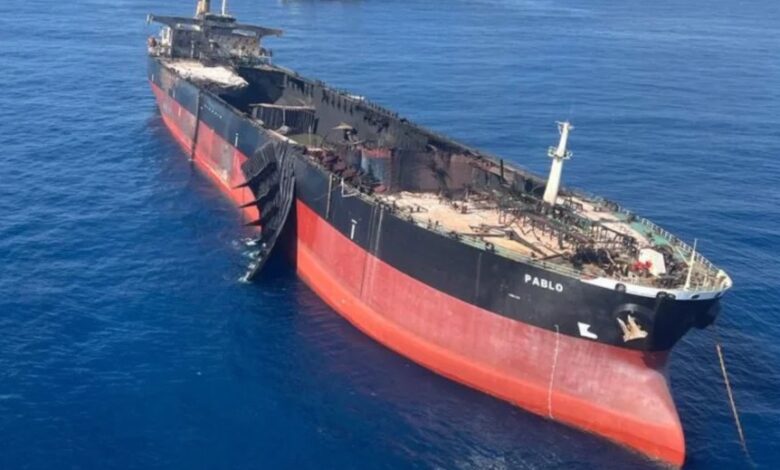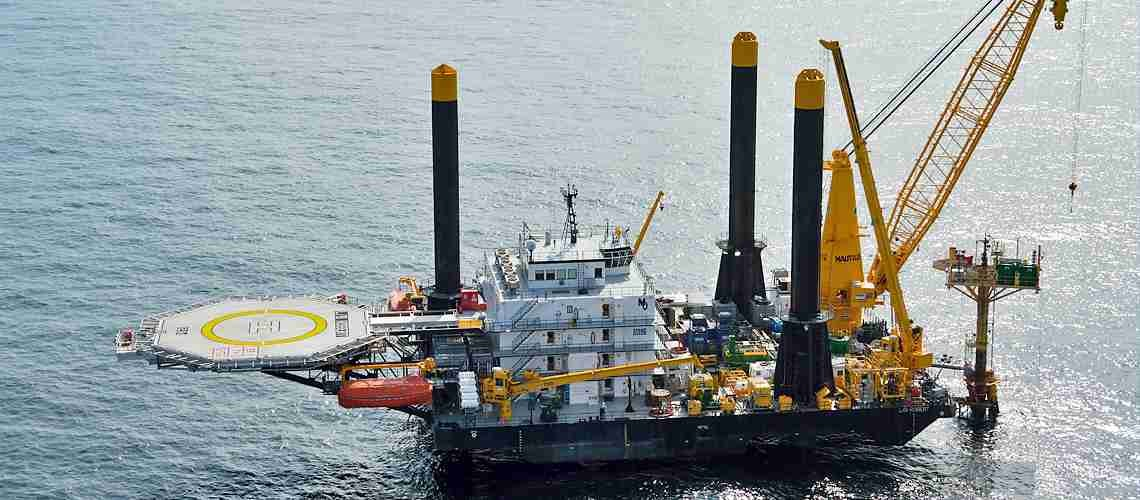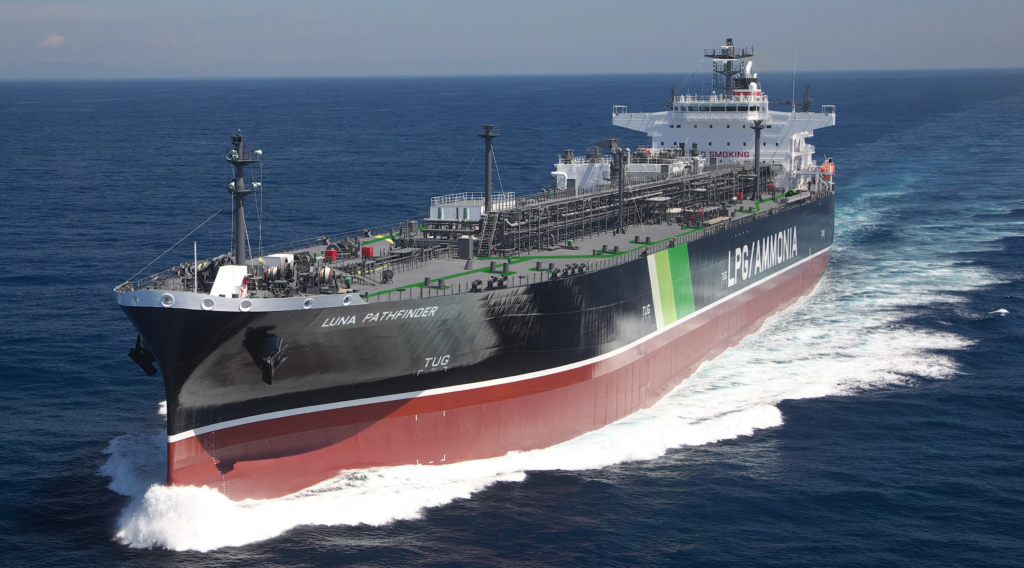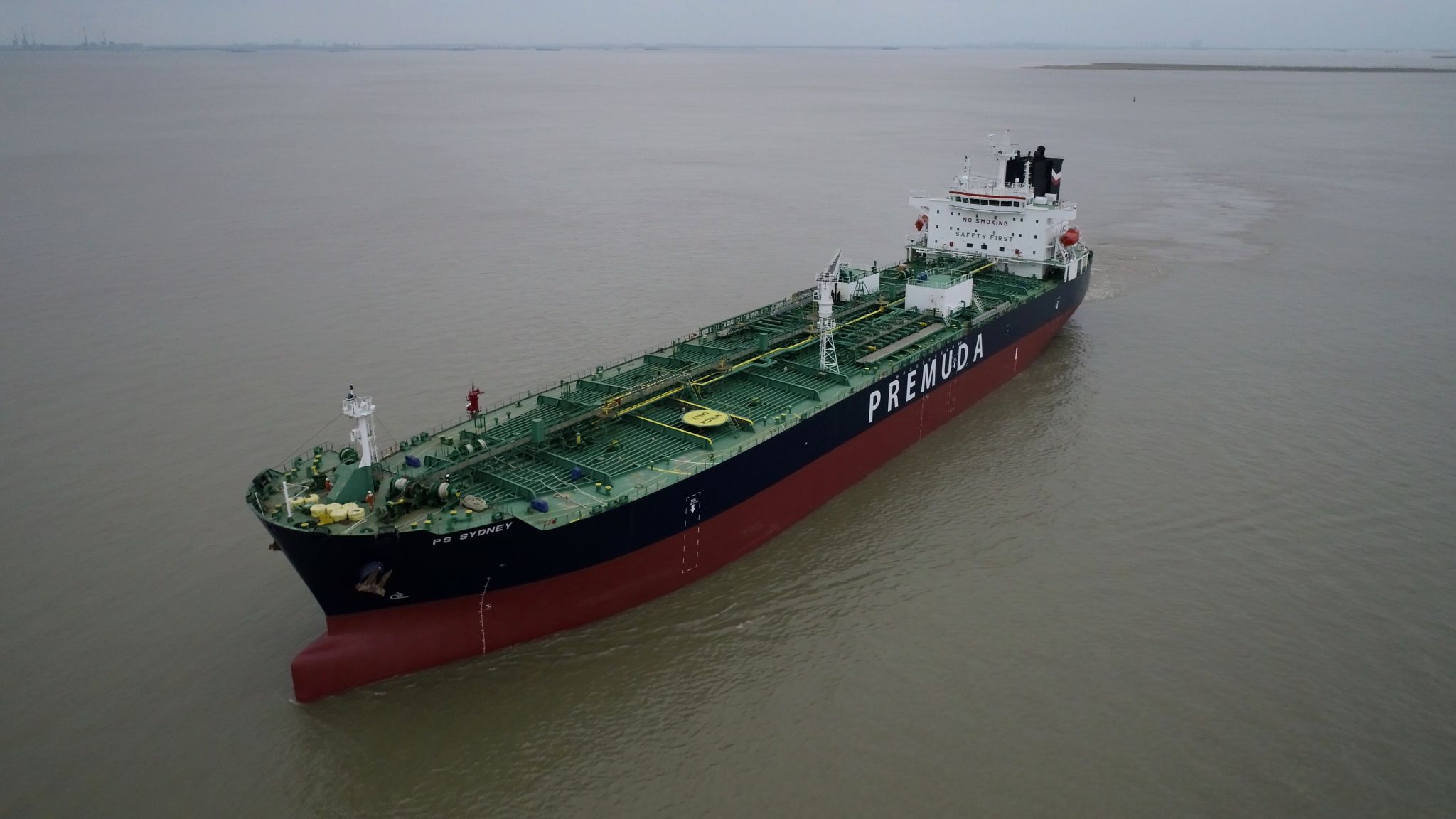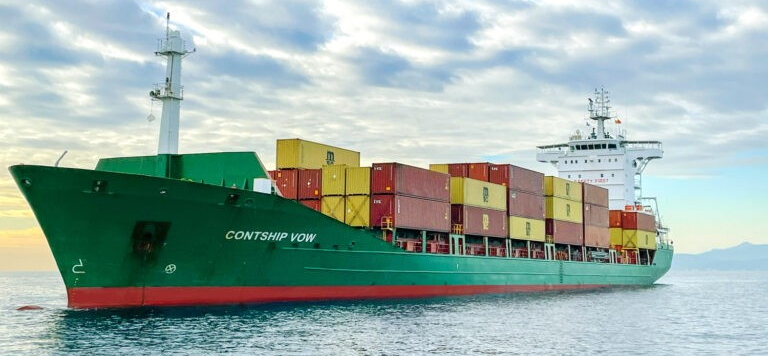Splash247: Grey fleet grows faster than enforcement can keep up
The growth in the number of sanctioned ships has accelerated over the past year.
Analysts at Kpler have been tracking the sanctioned fleet over the past five years. The count of vessels under sanction rose from about 370 in July 2020 to roughly 1,650 by July 2025, while the number of affected companies increased from around 60 to nearly 500, with the fastest growth coming after mid-2024.
The scale of falsely flagged ships is a threat to the regulatory integrity of seaborne trade
BRS has similar statistics on the sharp growth in the so-called grey tanker fleet this year, with the broker suggesting the grey fleet has been growing by around 30 tankers a month in 2025, even as Western authorities unleash the most aggressive sanctions seen for many years.
Of particular note: 886 tankers — 78% of the grey fleet — are now considered sanctioned, up dramatically from just 191 last year, according to BRS.
“Screening systems must be retooled to fuse vessel identity, flag legitimacy and regional security alerts; exposure along the China/India route should be stress-tested; and opaque chains should be identified and either isolated or exited before enforcement actions expose them,” Dimitris Ampatzidis, a risk and compliance analyst at Kpler, wrote in a new report.
TankerTrackers also has published a list of sanctioned tankers – made publicly available via this link. The list features the names and details of 1,202 tankers today. It is updated automatically on a daily basis.
For its part, Windward, an Israeli maritime analytics platform, has identified around 1,900 ships as part of the dark fleet. Windward data shows that 40% of Iran-trading tankers and 30% of Russia-trading tankers in the dark fleet are now using fraudulent registries, signalling false flags or whose flag status is unknown.
Fraudulent registries linked to these trades by the International Maritime Organization include Aruba, Benin, Curaçao, Guinea, Guyana, Eswatini, Malawi, Timor-Leste, and St Maarten. Other ships falsely transmit they are flagged with legitimate registries.
“The unprecedented scale and prevalence of falsely flagged ships – numbers have doubled in less than 12 months – is now a significant threat to the regulatory integrity of global seaborne trade and undermines the foundations of the world’s maritime economic system,” Windward stated in a recent report.
The second quarter of this year saw a sharp rise in the number of vessels registered under newly emerging false flag registries. Eswatini (formerly Swaziland) recorded a 260% surge in false-flag vessel registrations in Q2, according to Windward. Vessel registrations under false flags in the Netherlands Caribbean — covering Curaçao, St. Maarten, and Saint Barthélemy — rose by 98%, while Guyana saw a 105% increase in false flag vessel registrations.

Related Posts

